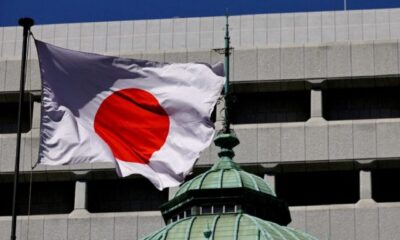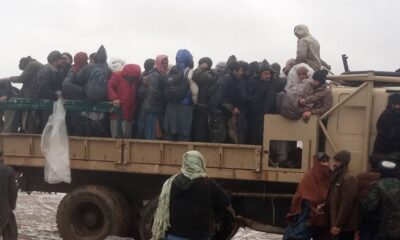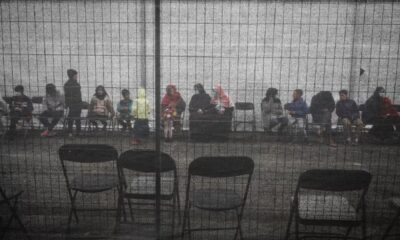Latest News
Afghanistan: Humanitarians await guidelines on women’s role in aid operations
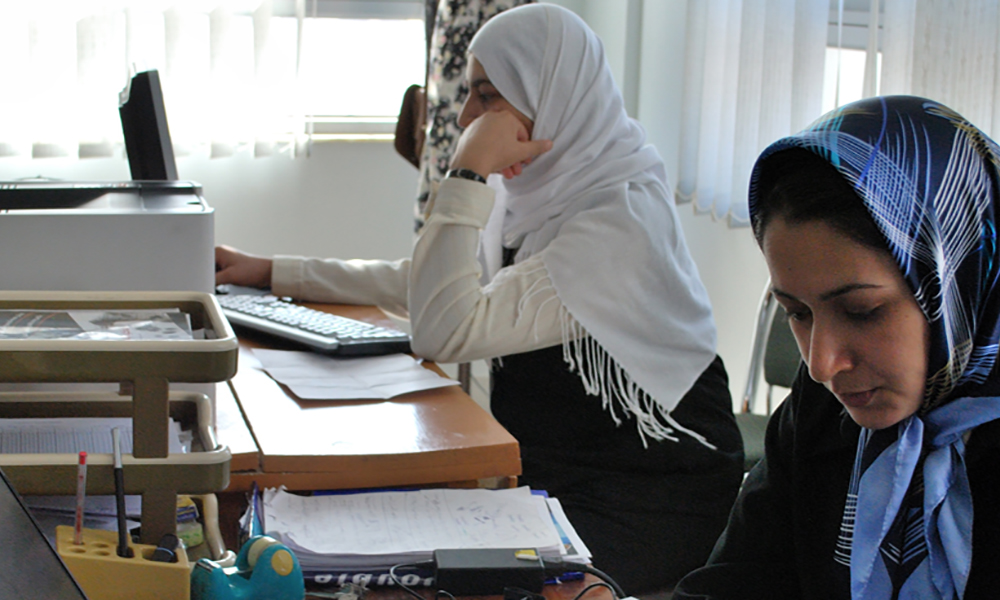
A UN-led group of humanitarians are hoping that the Islamic Emirate of Afghanistan (IEA) will allow Afghan women to again work with non-governmental organizations (NGOs) on the ground following last month’s ban, four senior aid officials told journalists in New York on Monday.
In a statement issued by the UN, the group, representing the Inter-Agency Standing Committee (IASC), stressed that the world’s largest humanitarian operation – supporting some 28 million people in Afghanistan – simply cannot function without women staff.
The officials reported on their mission to the country last week, in the wake of the edict prohibiting Afghan women from working with local and international aid agencies, announced on 24 December.
Days later, the IEA authorized women to continue working in healthcare.
A similar exception was made in education, though focused on the primary level as Afghan girls and women have been barred from attending high school and university.
In their meetings with the IEA, the IASC mission expressed opposition to the ban, which they hoped would be rescinded, and advocated for exemptions in all aspects of humanitarian action.
They were told that guidelines are being developed, and were asked to be patient, said Martin Griffiths, UN relief chief and the IASC chair, speaking during a press conference at UN Headquarters.
“I’m somebody who doesn’t like to speculate too much, because it is a matter of speculation. Let’s see if these guidelines do come through. Let’s see if they are beneficial. Let’s see what space there is for the essential and central role of women in our humanitarian operations,” he said.
“Everybody has opinions as to whether it’s going to work or not. Our view is that the message has clearly been delivered: that women are central, essential workers in the humanitarian sector, in addition to having rights, and we need to see them back to work.”
The UN says humanitarians will require $4.6 billion to fund their activities in Afghanistan this year.
Three years of drought-like conditions, economic decline, and the impacts of four decades of conflict, have left roughly two-thirds of the population, 28 million people, dependent on aid, with six million on the brink of starvation.
Women comprise 30 percent of the 55,000 Afghan nationals working for NGOs in the country, according to Janti Soeripto, President and Chief Executive Officer of Save the Children.
“Without women on our teams, we cannot provide humanitarian services to millions of children and women,” she said.
“We won’t be able to identify their needs; communicate to female heads of households, of which there are many in Afghanistan after years and years of conflict, and to do so in a safe and culturally appropriate way.”
The UN stated that furthermore, many women aid workers are themselves the sole breadwinners for their families, which means many more households will go wanting.
“We’ve made it very clear that humanitarian aid must never be conditional, and it cannot discriminate,” said Soeripto. “We were not there to politicize aid. We cannot do this work without women in all aspects of our value chains.”
The loss of these valuable workers also comes as Afghanistan is facing its coldest winter in 15 years, with temperatures falling to nearly -30 degrees Celsius, resulting in numerous deaths.
The IASC mission visited a clinic on the outskirts of the capital, Kabul, run by the UN Children’s Fund (UNICEF) and a local partner.
Critical health and nutrition services there are up and running again now that women staff are back on board, said Sofía Sprechmann Sineiro, Secretary General of CARE International.
The clinic’s staff also shared a horrific statistic, as 15 percent of the children who seek help suffer from severe acute malnutrition, the UN stated.
“So, let there be no ambiguity. Tying the hands of NGOs by barring women from giving life-saving support to other women will cost lives,” Sineiro said, speaking from Kabul.
According to the statement, during their meetings with the IEA, the humanitarian chiefs also pushed for the full inclusion of girls and women in public life.
More than one million Afghan girls have lost out on learning due to the order banning them from secondary school, which has added to losses sustained during the COVID-19 pandemic.
The university ban, announced last month, has further crushed their hopes, said Omar Abdi, UNICEF Deputy Executive Director for Programmes.
“We are very concerned about girls’ and women’s development and particularly their mental health. In 2023, if secondary school education remains closed, an estimated 215,000 girls who attended grade six last year will once again be denied the right to learn,” he said.
Despite the bleak outlook, Abdi pointed to a few positive signs.
Since the ban, some 200,000 girls continue to attend secondary schools in 12 provinces, and women secondary school teachers continue to receive their salaries.
“The officials we met in Kabul…reaffirmed that they are not against girls learning in secondary schools, and again promised to re-open once the guidelines are approved by their leader,” he said.
Meanwhile, the number of community-based education classes in private homes and other locations has doubled to 20,000 over the past year, serving some 600,000 children, more than half of them girls.
“These positive signs are the results of both the commitment from the de facto authorities (IEA) and pressure from local communities to keep schools and community schools open,” said Abdi.
“As long as communities continue to demand education, we must continue to support both public and other forms of education, community-based classrooms, catch-up classes and vocational training.”
Latest News
Japan allocates nearly $20 million in humanitarian aid for Afghanistan

The Embassy of Japan in Afghanistan announced on Friday that the country has allocated $19.5 million in humanitarian assistance to Afghanistan.
In a statement, the Japanese Embassy said it hopes the aid will help bring positive change to the lives of vulnerable Afghans.
According to the statement, the assistance will cover the basic humanitarian needs of vulnerable communities in Afghanistan.
The embassy added that the aid will be delivered through United Nations agencies, international organizations, and Japanese non-governmental organizations operating in Afghanistan.
Japan’s total assistance to Afghanistan since August 2021 has reached more than $549 million.
Latest News
Afghan border forces prevent illegal entry of hundreds into Iran
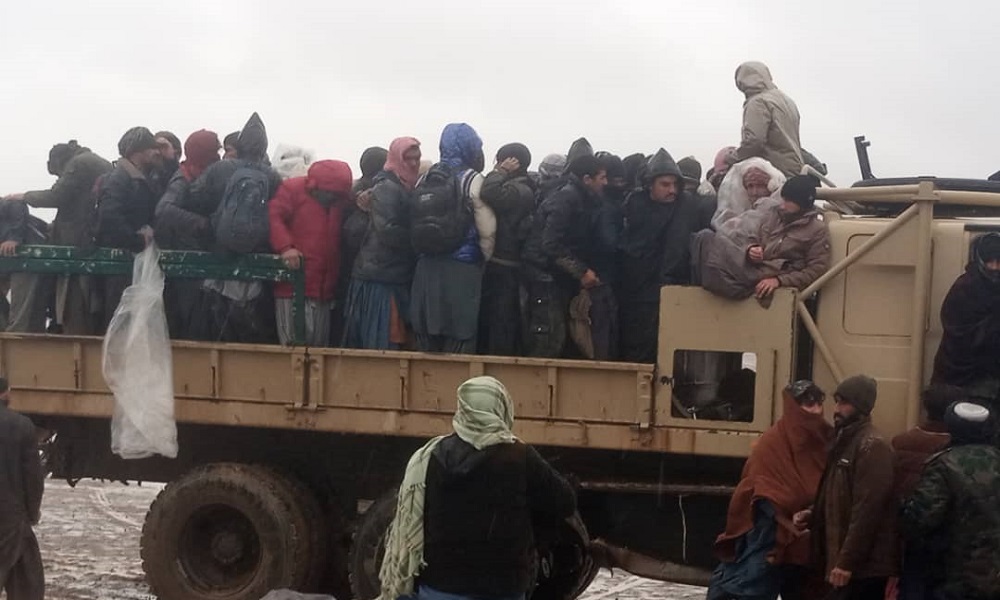
Security forces at the Islam Qala border in Herat province prevented hundreds of young Afghans from illegally entering Iran.
Officials from the 207 Al-Farooq Army Corps said that around 530 people attempted over the past two days to illegally enter Iranian territory through areas of Kohsan district in Herat, but border forces detained them and transferred them back to their original areas.
Meanwhile, officials in the local administration of Herat said that due to severe cold along the illegal migration route to Iran, three Afghan migrants have lost their lives in the Kohsan district of the province, and a shepherd has also died there for the same reason.
Mohammad Yousuf Saeedi, spokesperson for the Herat governor’s office, said that some statistics and images shared on social media regarding the incident are not reliable.
According to him, further investigations are underway to determine whether any individuals have died on the other side of the border.
Latest News
US pauses green card lottery program after Brown University shooting

President Donald Trump suspended the green card lottery program on Thursday that allowed the suspect in the Brown University and MIT shootings to come to the United States.
Homeland Security Secretary Kristi Noem said in a post on the social platform X that, at Trump’s direction, she is ordering the United States Citizenship and Immigration Services to pause the program, the Associated Press reported.
“This heinous individual should never have been allowed in our country,” she said of the suspect, Portuguese national Claudio Neves Valente.
Neves Valente, 48, is suspected in the shootings at Brown University that killed two students and wounded nine others, and the killing of an MIT professor. He was found dead Thursday evening from a self-inflicted gunshot wound, officials said.
Neves Valente had studied at Brown on a student visa beginning in 2000, according to an affidavit from a Providence police detective. In 2017, he was issued a diversity immigrant visa and months later obtained legal permanent residence status, according to the affidavit. It was not immediately clear where he was between taking a leave of absence from the school in 2001 and getting the visa in 2017.
The diversity visa program makes up to 50,000 green cards available each year by lottery to people from countries that are little represented in the U.S., many of them in Africa. The lottery was created by Congress, and the move is almost certain to invite legal challenges.
Nearly 20 million people applied for the 2025 visa lottery, with more than 131,000 selected when including spouses with the winners. After winning, they must undergo vetting to win admission to the United States. Portuguese citizens won only 38 slots.
Lottery winners are invited to apply for a green card. They are interviewed at consulates and subject to the same requirements and vetting as other green-card applicants.
Trump has long opposed the diversity visa lottery. Noem’s announcement is the latest example of using tragedy to advance immigration policy goals. After an Afghan man was identified as the gunman in a fatal attack on National Guard members in November, Trump’s administration imposed sweeping rules against immigration from Afghanistan and other counties.
While pursuing mass deportation, Trump has sought to limit or eliminate avenues to legal immigration. He has not been deterred if they are enshrined in law, like the diversity visa lottery, or the Constitution, as with a right to citizenship for anyone born on U.S. soil. The Supreme Court recently agreed to hear his challenge to birthright citizenship.
-

 Latest News5 days ago
Latest News5 days agoGermany speeds up admission of Afghans from Pakistan
-

 Sport5 days ago
Sport5 days agoIPL 2026 Auction set for Abu Dhabi with $28.6 million purse at stake
-
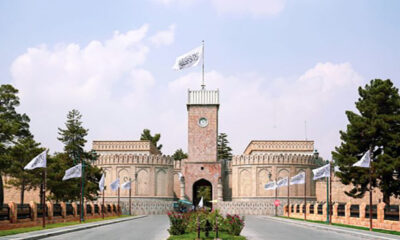
 Latest News5 days ago
Latest News5 days agoAfghanistan to establish independent oil and gas authority
-

 Latest News5 days ago
Latest News5 days agoUS intelligence chief warns of ‘direct threat’ from suspected terrorists inside the country
-
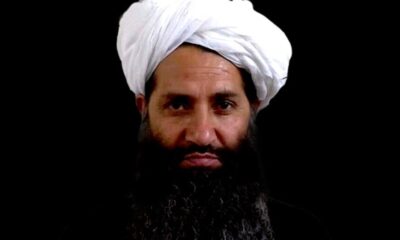
 Latest News4 days ago
Latest News4 days agoIEA supreme leader stresses enforcement of Sharia law and sincere public service
-

 International Sports4 days ago
International Sports4 days agoILT20: Desert Vipers qualify for playoffs with five-wicket win over Dubai Capitals
-

 World5 days ago
World5 days agoFather and son behind Bondi Jewish festival shooting that killed 15, Australian police say
-

 International Sports4 days ago
International Sports4 days agoATN secures broadcast rights for four major AFC sporting events


